Smart Key: What are the fundamentals of animal welfare? The - Première Vision Paris - Denim Première Vision - Première Vision New York
Let’s unpack the secrets of sustainable materials through our Smart Keys. Diving right to the heart of eco-design issues, the Smart Keys break down existing solutions to help you become more informed in your materials sourcing. Today, let’s explore animal welfare. There’s no doubt that animal-derived materials have qualities that justify their use in fashion. Thanks to their many benefits – the softness and shine of silk, the strength and versatility of leather, the warmth and soft comfort of wool – animal materials experienced strong growth. Tied to an idea of naturalness, they were quite popular for a time. Since then, certain practices that have come to light in the silk, wool and leather industries, and the rise of vegan lifestyles, have prompted the fashion industry to have a rethink, and take a closer look at the conditions involved in the breeding, shearing and slaughter of the animals behind some favourite materials.
Not for the faint of heart
This feeling can be viewed as unnecessarily restrictive: one doesn’t need to be faint of heart to react viscerally to reports and videos detailing the treatment of animals in the food and fashion industries.
Animal welfare is a complex, multifaceted issue with ethical, economic, cultural, social, scientific and political dimensions. In Europe, there exists a duty of care in terms of people – why not an animal duty of care?
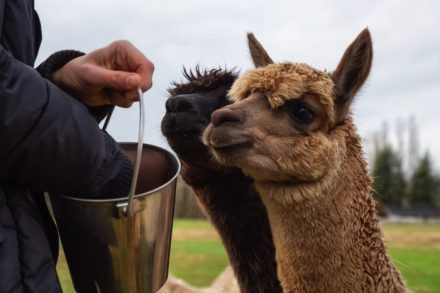
Anthropocentric or animal-centric?
Animal welfare refers to the physical and mental state of an animal in terms of the conditions in which it lives and dies. Many have pointed out that it is not a question of adapting the animal to its environment, but rather ensuring the environment is adapted to the animal.
Humane actions will result in the well-being of the animal. But on what basis do we define and evaluate these fundamental practices?
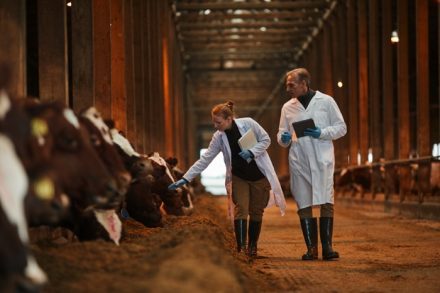
Read also: Smart Key: Environmental management: catalyzing the leather industry’s shift to sustainability
5 freedoms of animal welfare
These 5 pillars were developed in the late 1960s by a British technical committee in response to the outcry over the intensive practices exposed in Ruth Harrison’s book “Animal Machines”. The committee’s text has served as a reference since its publication.
Animal welfare is based on all 5 criteria applied together to be sure of achieving the intended benefit. These criteria have subsequently been adopted by many organisations such as the OIE, the World Organisation for Animal Health, which sets international standards to support animal health and welfare combined with socio-economic development and environmental sustainability.
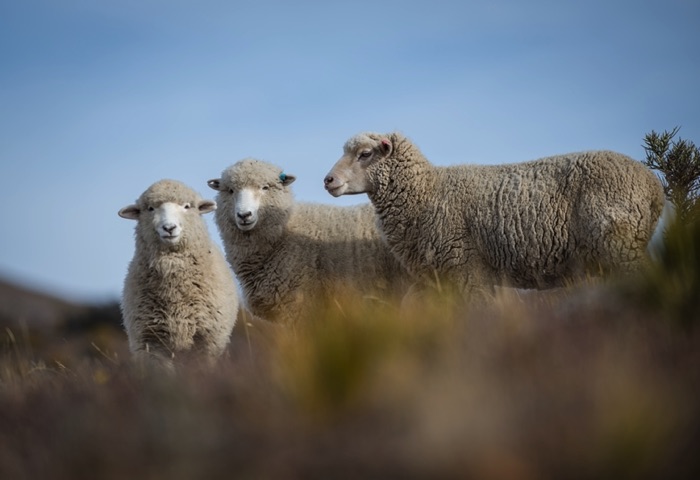
These five fundamental freedoms were established to ensure the dignity of the conditions in which animals live and die, based on criteria of nutrition, environment, health, behaviour and mental state.
- Freedom from hunger and thirst by ready access to water and a diet to maintain good health
- Freedom from discomfort by providing an appropriate environment with shelter and a comfortable resting area
- Freedom from pain, injury or disease by prevention or rapid diagnosis and appropriate treatment of diseases
- Freedom from fear and distress by ensuring conditions and treatment to avoid mental suffering
- Freedom to express (most) normal behaviour by providing sufficient space, proper facilities, and company of the animal’s own kind
While the broad outlines are clearly laid out, what are the mechanisms ensuring their proper implementation?
Smart Key #1: Moving up the value chain to measure the risks
Traceability and transparency are always at the forefront of sustainable approaches! It’s impossible to transform that which is little or poorly known. Whether in terms of origin, breeding, shearing or slaughter conditions, it’s important to track the various steps and collect as much information as possible to assess the situation.
Shorter value chains, with direct contact with the producer, permits better risk management. However, for large volumes or value chains dependent on another industry, such as leather, monitoring becomes more complex.
The Leather Working Group (an independent organisation bringing together multiple stakeholders from the upstream and downstream of the leather industry) will include compulsory traceability of skins in its new protocol for obtaining certification, to be introduced at the end of 2022.
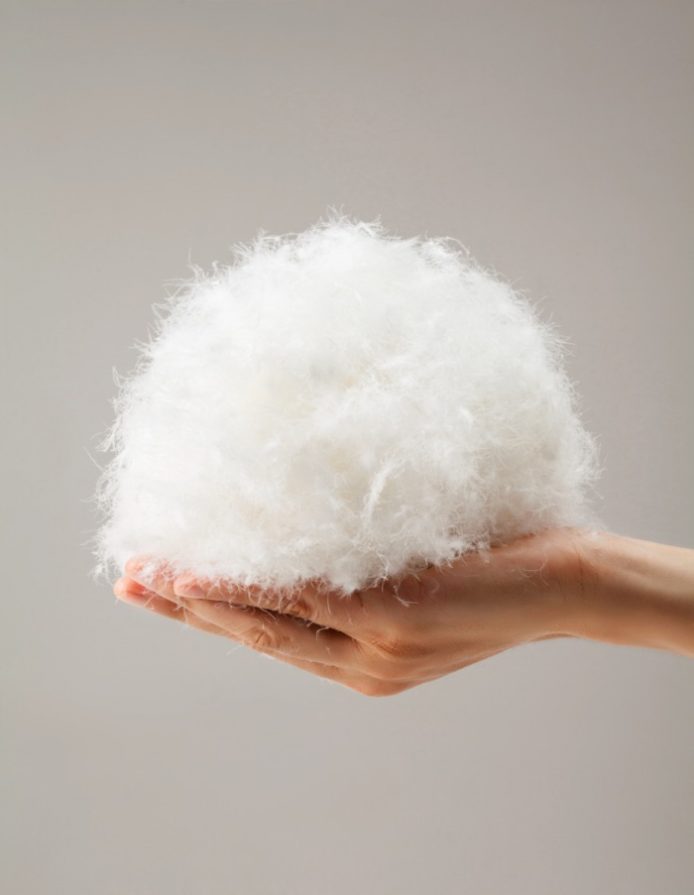
Transitioning to more virtuous sectors won’t happen overnight. To address the challenges, mapping the situation, setting up indicators and improvement objectives with all those involved (breeders, suppliers, NGOs, etc.) will make it possible to draw up a roadmap.
Technology also offers new potential ways to aggregate and secure information, using markers intrinsic to fibres, laser marking of skins, or blockchain technologies with encouraging pilot projects starting to scale up.
Smart Key #2: Support for certifications
A number of standards establish high breeding conditions for the wool, feather and down sectors. These standards are audited to certify the proper treatment of animals, grazing conditions, and the absence of harsh practices such as mulesing or raw plucking.
For wools, RWS, the Responsible Wool Standard, RMS, the Responsible Mohair standard and RAS, the Responsible Alpaca Standard, all establish criteria for proper treatment. For cashmere, the Good Cashmere Standard or Sustainable Fiber Alliance certifications are used to evaluate these premium fibres. For feathers and down, RDS, the Responsible Down Standard, remains the most widely used.
Regenerative practices also put the animal and its care at the heart of breeding practices, with restorative ecosystems to ensure the 5 animal freedoms.
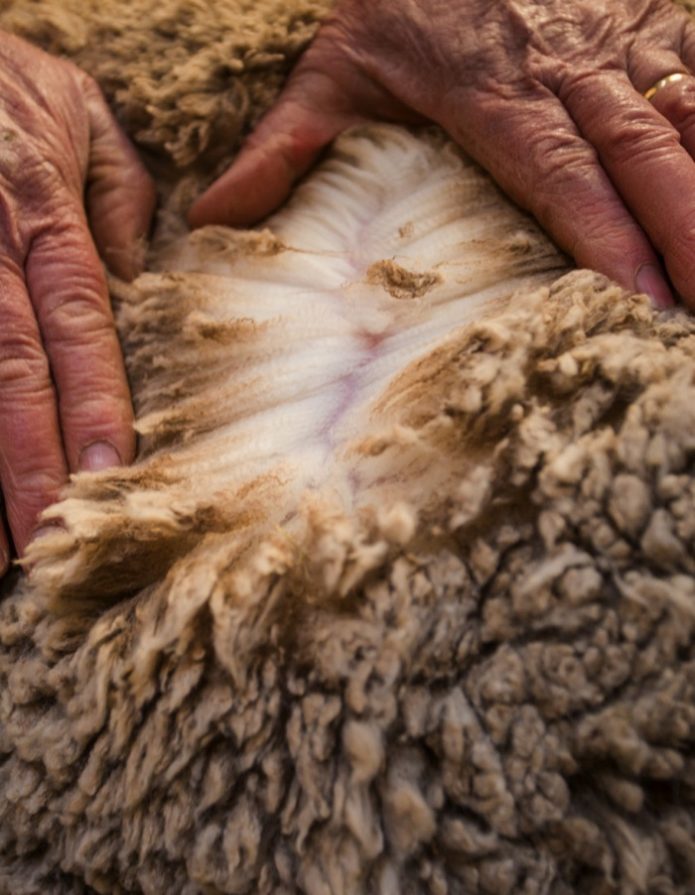
Smart Key #3: Accepting higher costs to help the situation change
Ethical considerations have to be reconciled with economic realities. The pressure on the prices and performance of materials is the main reason for the increase in certain practices that are hazardous to animals.
The speed of shearing, because this stage does not pay, the number of animals needed to survive economically with a herd, mulesing as the ‘best’ option in the absence of a profitable and efficient alternative… there’s a long list of the many situations which have led to serious consequences. What remains clear is that low remuneration upstream has led to aberrations and abuse in the animal value chain. When budget cuts have to be made, it is often the animal that pays the bill.
So requiring animal welfare guarantees also means agreeing to pay for them to be put in place and perpetuated. Environmental labelling is on the agenda in Europe, and its social counterpart is expected to emerge in the coming years, so when will there be official labelling regarding animal conditions in the fashion world?
Learn more about sustainability with our Smart Keys series:
- The hidden face of cotton
- Cellulosic materials
- The mysteries of chemistry
- Biodegradability
- Traceability
- Alternative plant-based materials
- Polyester recycling
- Ecological and ethical metal accessories
- The secrets of sports technical fabrics
- Eco-packaging
- Recycling
- Sustainability & circularity
Sources:
- Animal Welfare in Fashion 2020, the “new normal”, integrating more kindness to animals in a sustainable fashion future – Four Paws – June 2020
- Animal protection and welfare: EU rules – European Parliament – January 2022
- Understanding animal welfare – National Reference Centre for Animal Welfare
- Farm animal welfare: studying it to promote it – INRAE, Institut National de la Recherche Agronomique
